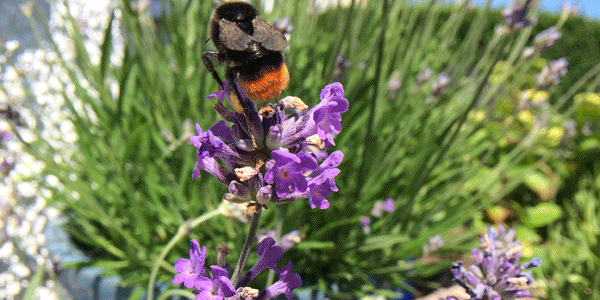If you’d like to create a bee friendly garden, then here are five simple things you can do to help our favourite pollinators stay healthy, hydrated and well-fed.
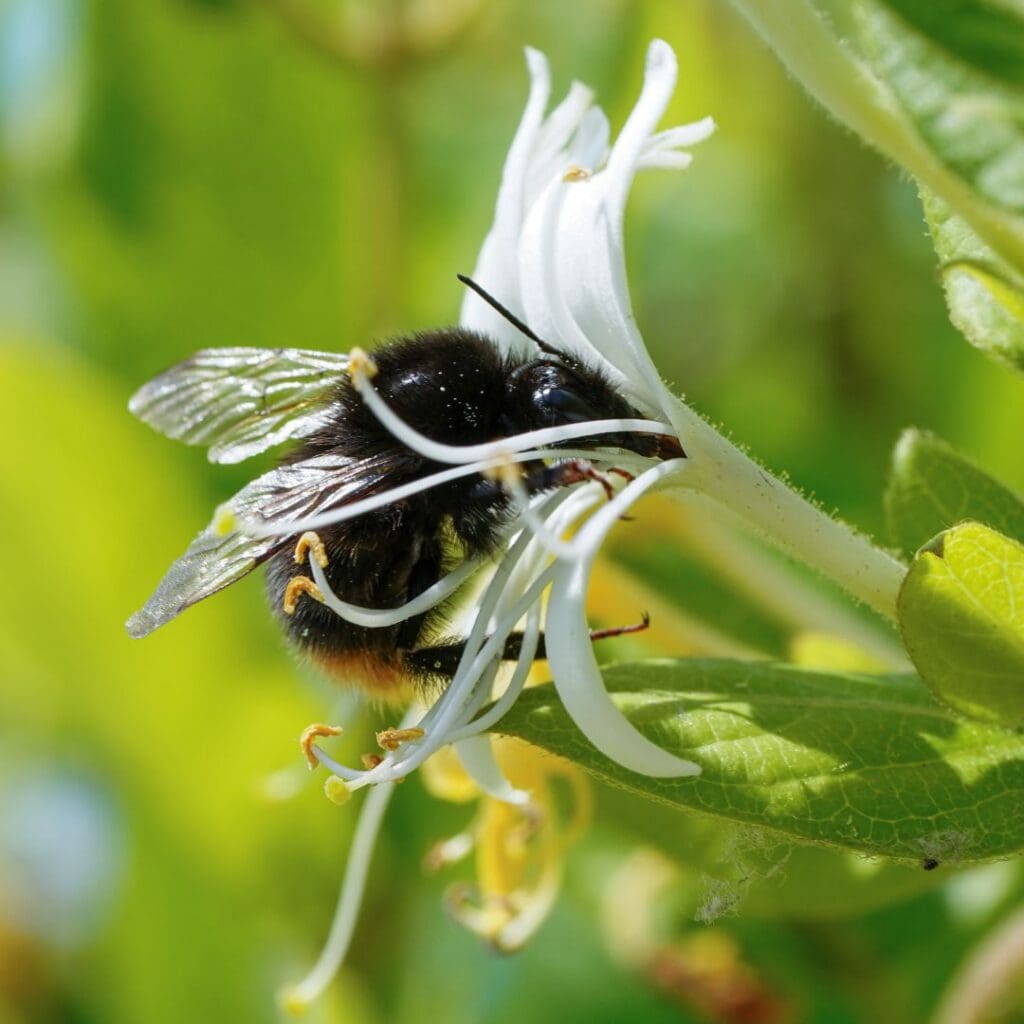
- Plant flowers that are rich in nectar and pollen: bees need a variety of flowers to collect nectar and pollen from. Of course lavender is great for bumble bees, but honeysuckle and foxglove are popular food sources too. Native trees such as apple, wild cherry and hazel also provide valuable flowers for bees. The Bumblebee Conservation Trust has a great guide to bee-friendly plants here.
2. Provide a source of water: bees also need a supply of water, so create a shallow water source, such as a birdbath or shallow bowl, with stones or twigs for the bees to rest on.
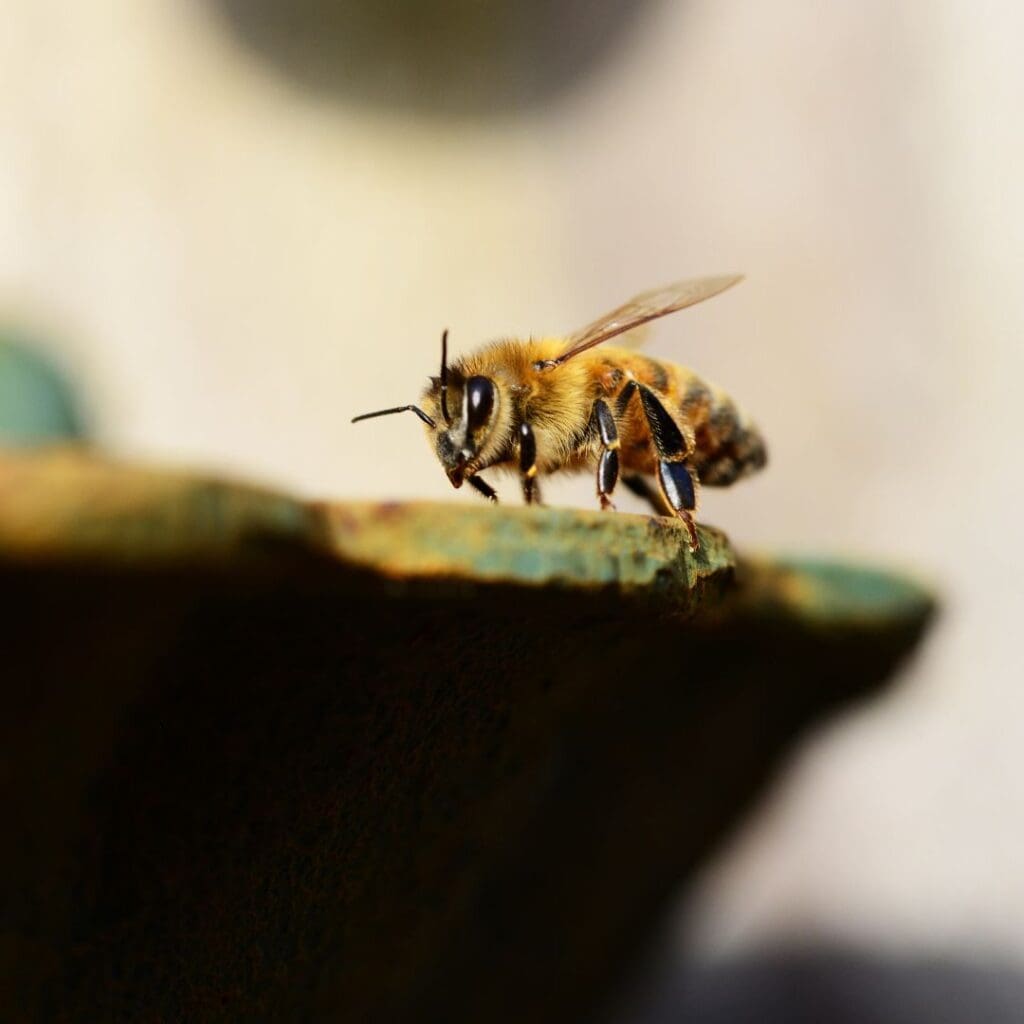
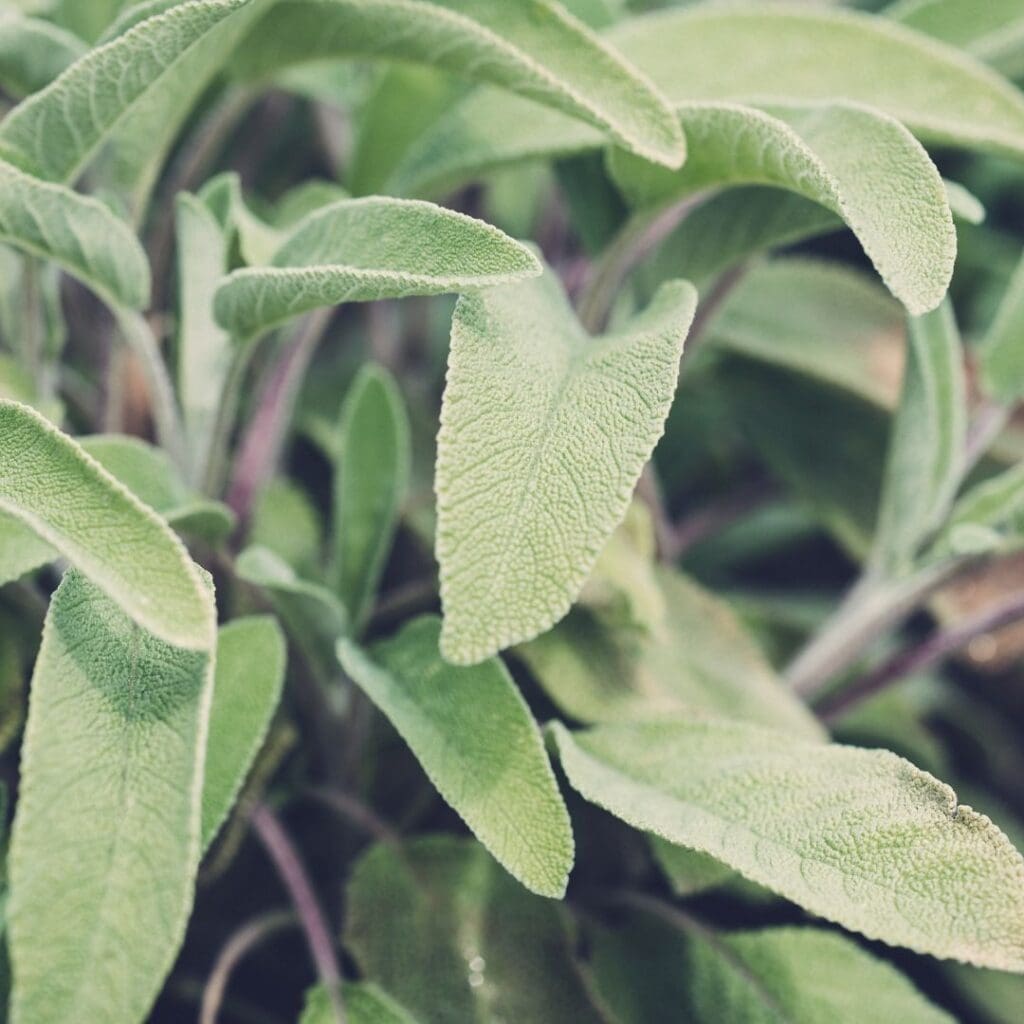
3. Avoid using pesticides: pesticides can be harmful to bees and other pollinators. Use natural pest control methods, such as companion planting (for example, planting sage to deter caterpillars) and encouraging predators – ladybirds, lacewing and hoverflies, for example, will combat aphids.
4. Provide nesting sites: some bumblebees like to nest on undisturbed ground, so let a patch of grass in your garden grow long between March and October, which is bumblebee nesting season. You can also add an area of short grass for solitary bees, which like to burrow into the ground to nest. Some types of bumblebee prefer to nest up high, so you can also add a bird box to encourage them to make a home there. Add nesting material too (for example, pet hair, moss, straw, moss and leaves) because bees can’t carry this to their home.
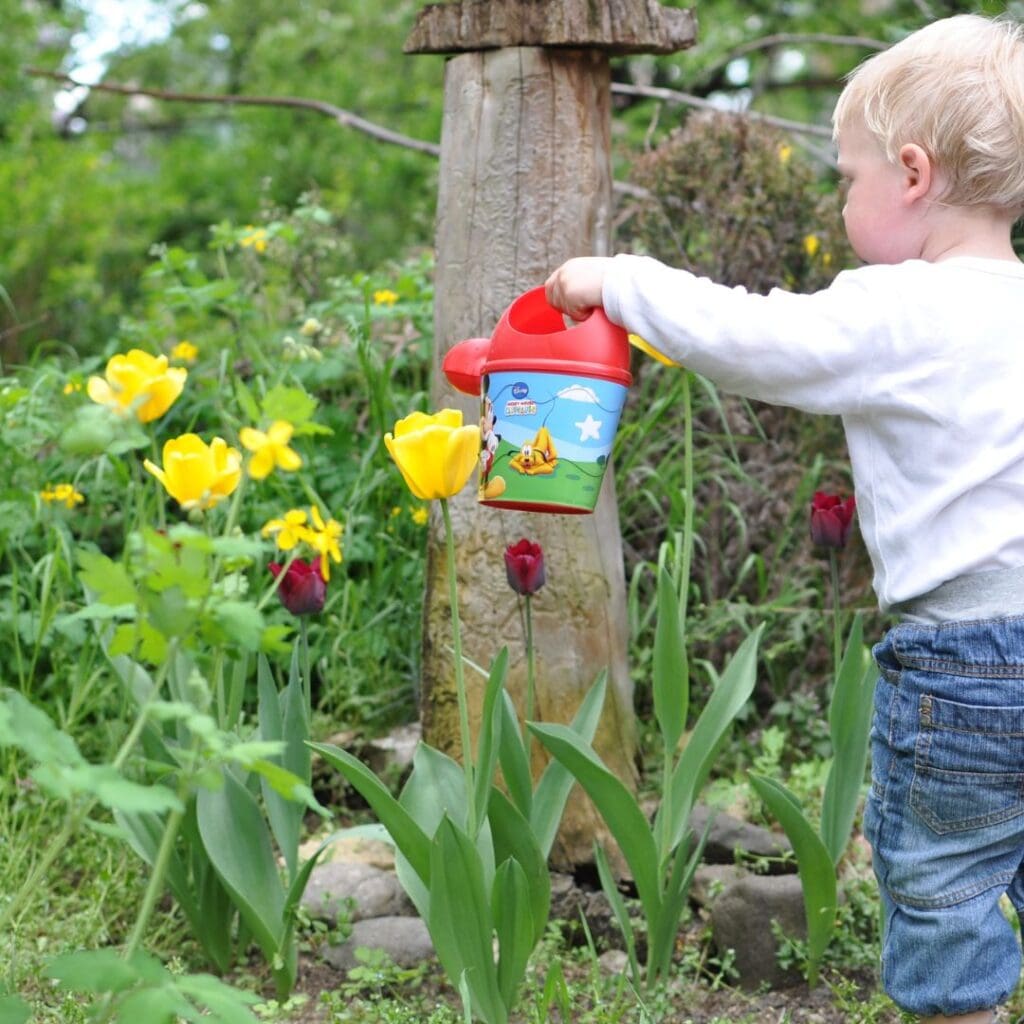
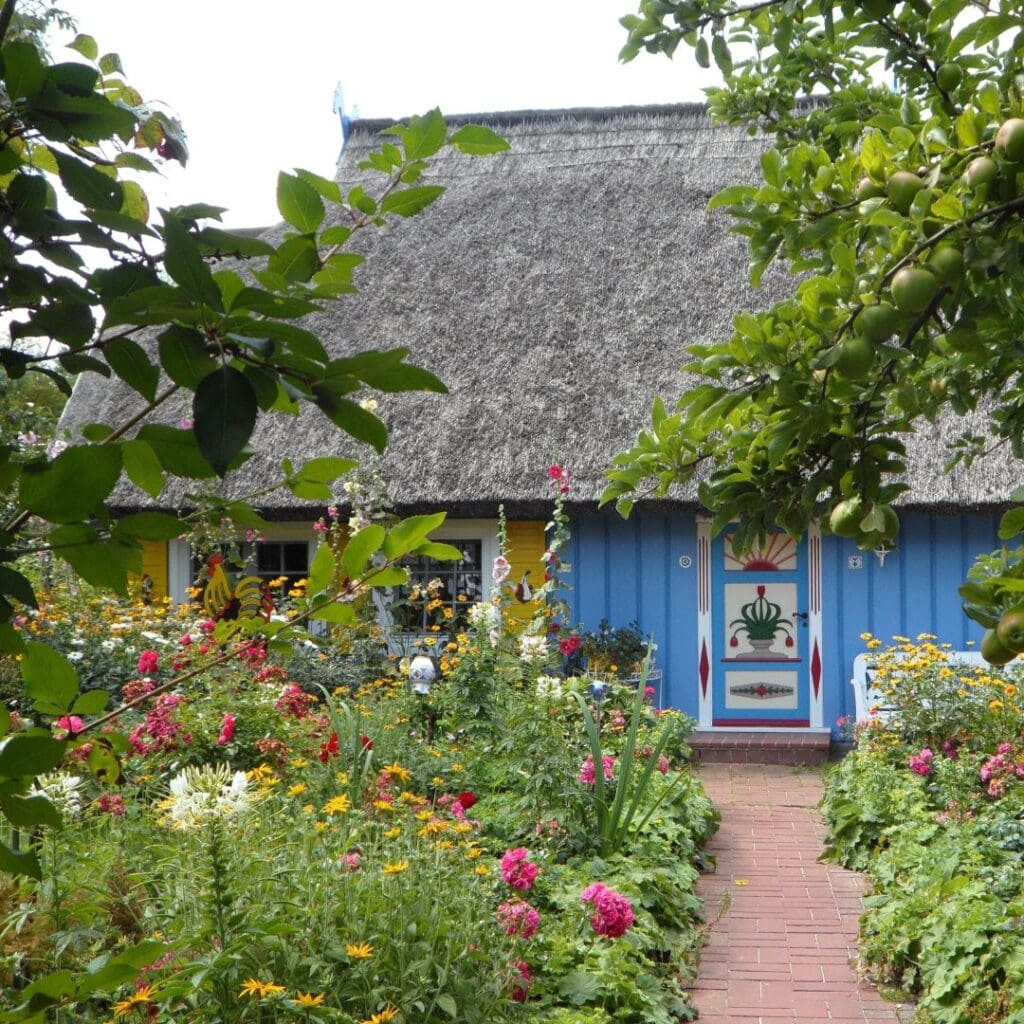
5. Create a diverse habitat: Bees need a variety of habitats to thrive. Incorporate different types of plants, trees, and shrubs and plant to ensure nectar is available throughout as much of the year as possible.
These are just some of the ways you can help bees and other pollinators in your garden. We’d love to hear your tips too, just drop us a line using the details here. You can find more tips, and pledge to Bee The Change at the Bumblebee Conservation Trust website.

